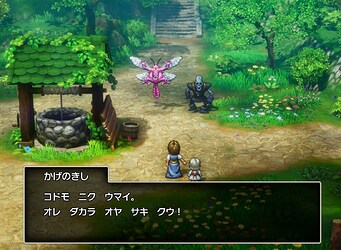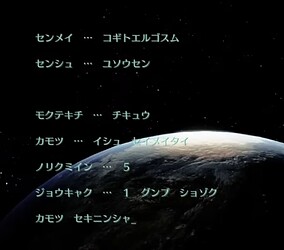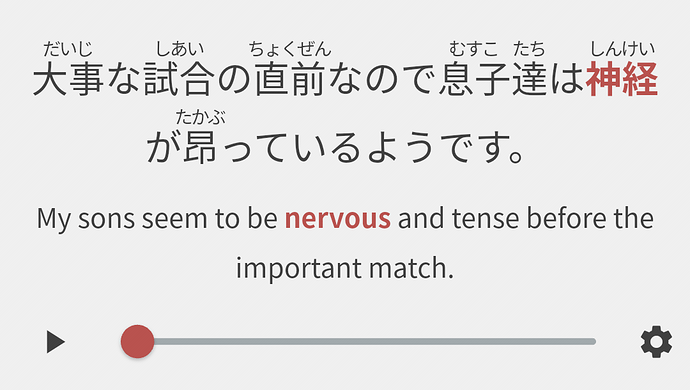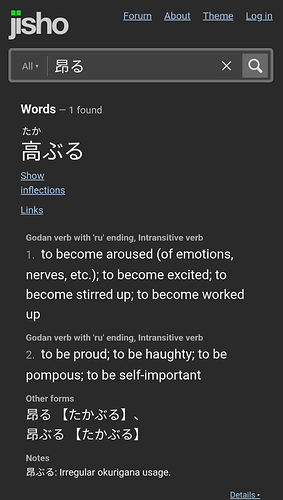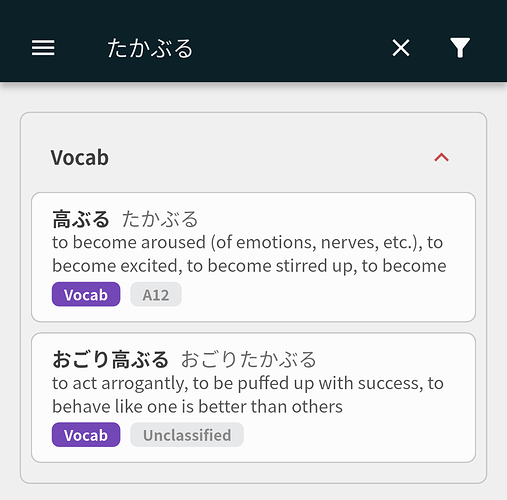I think most modern games use furigana or at least have it available.
(@Alerean you should check out this list. Maybe you’ll find “a game like that” in this list that’s a bit more beginner friendly!)
Using Game Gengo's Games for Studying Japanese List - Google Sheets as a basis, 245 use furigana, 125 do not, 10 of which are Fire Emblem games and 1 of which is hiragana. Granted, there’s a bit of sampling bias here since it’s a Japanese learning channel.
As a beginner, for the same reason it’s not wise to learn every reading of a kanji up front, so too is it important not to learn every way something is written up front. 何故、蜜柑 probably should be learned as kana first, then as kanji a bit later.
Just trying to make sure our beginner friends here aren’t discouraged. I was straight up in a state of despair when I started with my first game as Pokemon Scarlet!

